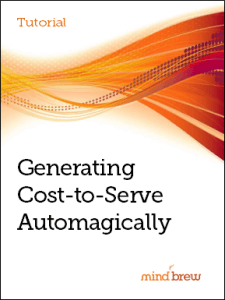At PricingBrew, we get a lot of subscriber questions about price segmentation. And these questions are coming from different types of businesses, operating in many different verticals.
From our perspective, all of these questions are a great sign of progress.
Why? Because receiving more questions about price segmentation suggests that more pricing teams are not only recognizing the critical importance of price segmentation, they’re actually taking steps to get it right.
But one of the subtleties that people often struggle with has to do with what a price segmentation model is supposed to describe.
Avoiding the Pitfalls of Price Segmentation
You see, most people understand that a price segmentation model is about putting different prices into the marketplace. They understand that price segmentation is what allows a company to offer different prices according to the specific situations and circumstances of the transactions at-hand.
However, some are making the mistake of thinking in terms of the situations and circumstances where the company wants to charge different prices, rather than thinking in terms of the situations and circumstances where the customers are willing to pay different prices.
The difference may seem subtle…but it’s huge.
In fact, the whole point of a price segmentation model is to describe where the market responds differently to price; where the market expects a different price; where the market is willing to pay a different price.
Once you have that description of the external market, then you can make the secondary decisions—the internal decisions—about the different prices you want charge, given the realities of the market.














